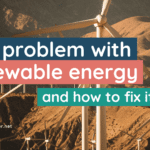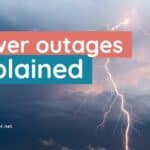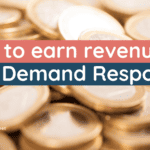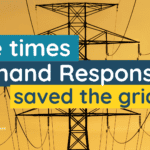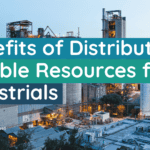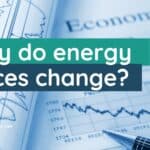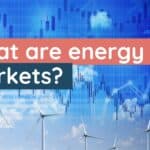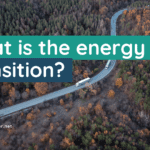Virtual power plants (VPP) can come in many shapes and sizes. As the energy sector evolves, they are becoming even more refined. Understanding what they are and how they operate can help us to envision what the energy transition will look like.
What is a Virtual Power Plant?
A Virtual power plant (VPP) is a web of decentralised energy sources that are grouped together to provide a reliable power supply for energy users. These energy sources can come in 3 primary forms:
-
Medium-scale power generation units
These are medium-sized sources of power, such as wind farms and solar parks
-
Flexible power consumers
These are energy users who have energy assets with an inherent flexibility that can be utilised through demand response
-
Flexible power storage systems
These are local energy storage systems, such as battery storage units.
Virtual power plants don’t have to be made up of one particular energy source, and can be a combination of all three. But what they have in common, is that they are all grouped together as an alternative energy supply for grid operators.
How Does a Virtual Power Plant Work?
First and foremost, the objective of a virtual power plant is to connect different energy sources into one cohesive unit. These can be anything from solar and wind farms, to energy assets and battery storage units. But this web of distributed power units are all linked together by one centralised platform.
This platform is used to monitor, coordinate and control the energy assets of the VPP in one central control system. This ensures that electricity users and consumers can receive the optimal energy at any given point to conduct a number of operations using the VPP.
From here, the power from this network of assets can be traded on energy markets. Selling them on these markets means that they can be used to stabilise the power grid during times of fluctuations, creating a more reliable grid system. This is especially important with the rise of renewable energy. As renewables become more popular, fluctuations in renewable power generation can be balanced out by using VPP. In many ways, VPPs are a precondition to introducing renewables into our existing power systems.
Traditional Power Plant vs. Virtual Power Plant
As energy markets change, so do our power plants. And while traditional power plants have reigned supreme, this isn’t the case any more. The energy transition is increasing the share of renewable generation in the traditional energy market. Renewables are set to account for 95% of the increase in global power capacity by 2026. To handle this, our energy systems are having to evolve.
Traditional Power Plants
In the past, traditional power plants involved burning fossil fuels in order to produce power and maintain a balanced grid. Energy generation occurs in one fixed location. When energy demand increases, more fossil fuels are burnt. Typically, these power plants operate at 80% capacity, with 20% in reserve to accommodate fluctuations in energy demand.
Virtual Power Plants (VPP)
VPP are able to achieve the same thing and meet energy demand. However, they are doing it through a decentralised format. Rather than having one single place of operation, VPPs draw their energy from multiple locations in order to maintain grid stability. By aggregating multiple energy sources, a VPP can deliver the same service as traditional power plants, trade on the same energy markets, and also allow greater integration of sustainable energy sources. Rather than working at only 80% capacity, VPPs can tap into these energy sources when energy demand spikes.
Demand Response and Virtual Power Plants
In the past, virtual power plants were seen as a supply-side operation, and demand response as a demand-side operation. But both initiatives have become a lot more sophisticated over the years, to the point where flexible energy users can be networked together to create a virtual power plant.
As an independent aggregator, Sympower focuses on connecting the inherent flexibility of energy users’ assets and processes. Through our demand response platform, we create networks of flexible energy assets that can be used to sell on flexibility markets, and help create a stable grid. For all intents and purposes, Sympower has created multiple virtual power plants all over the world, using our demand response platform.
Sympower is dedicated to creating a fully renewable energy system. We are the energy experts with years of experience in demand response and flexibility optimisation. Our goal is to turn the potential of your energy assets into extra revenue for you. We provide the technical expertise, all while you stay in control.



